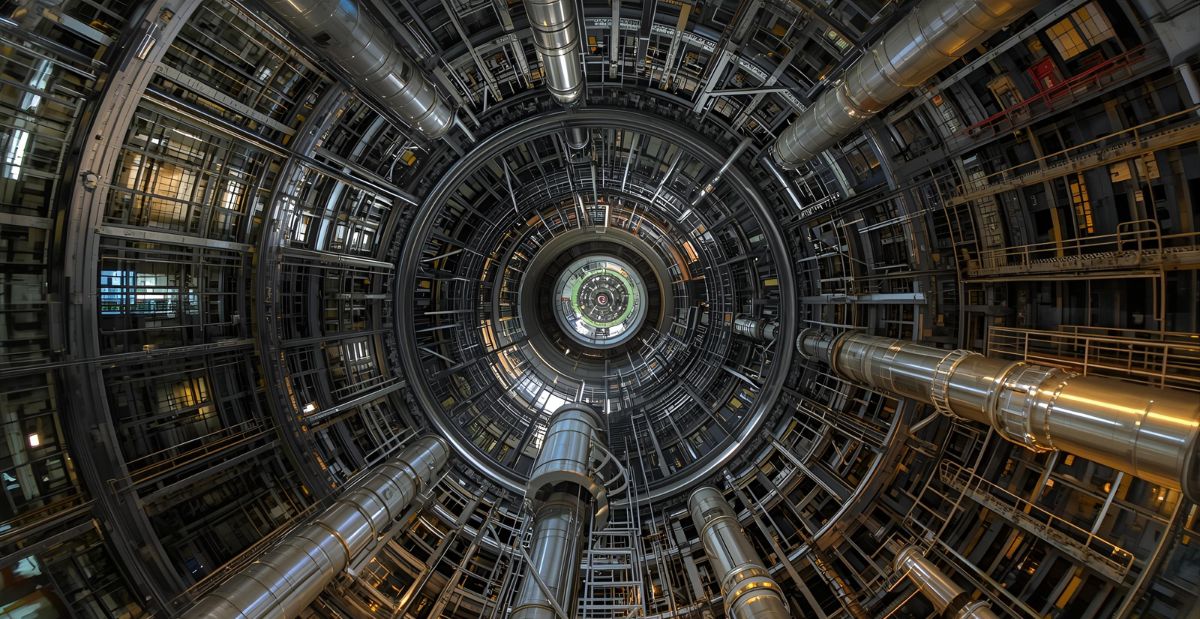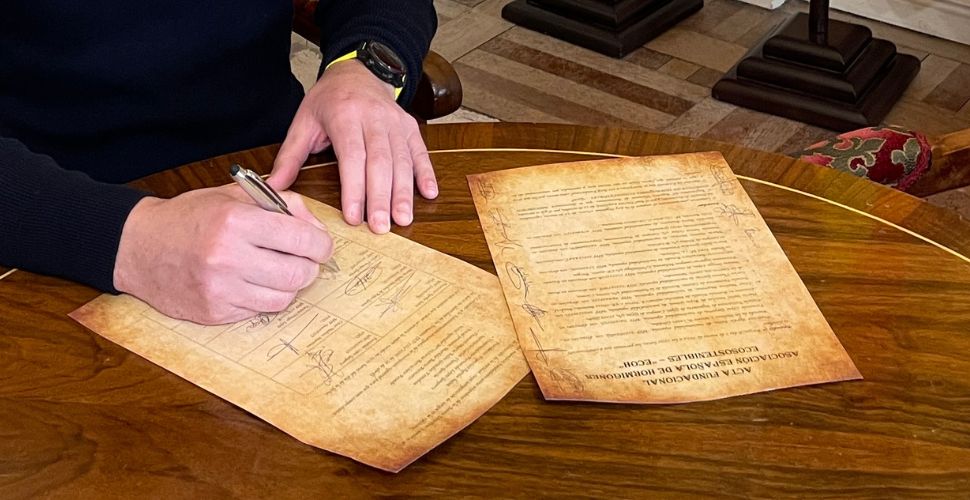
LADICIM Participates in the Creation of the Spanish Association for Eco-Sustainable Concretes
The organization brings together specialized researchers from the CSIC and the universities of Cantabria, A Coruña, Extremadura, Granada, Córdoba, Oviedo, Burgos, and the polytechnic universities of Catalonia and Valencia.
The Laboratory of the Division of Materials Science and Engineering (LADICIM) will represent the University of Cantabria in the newly established Spanish Association for Eco-Sustainable Concretes (EcoH). The organization, a successor to the Sustainable Concrete Excellence Network, also includes as founding members the Spanish National Research Council (CSIC) and the universities of A Coruña, Extremadura, Granada, Córdoba, Oviedo, Burgos, as well as the polytechnic universities of Catalonia and Valencia.
Concrete production is one of the most resource-intensive practices in the construction industry. It is estimated that approximately 10 billion tonnes of concrete are used globally each year, requiring vast amounts of water, aggregates (gravel and sand), and cement.
The main component of concrete—cement—is responsible for roughly 8% of global CO₂ emissions. The production of Portland cement, the most widely used type, involves the calcination of limestone (calcium carbonate), a process that releases significant amounts of CO₂. In addition to these direct emissions, its production also generates indirect emissions from the energy consumed—mostly from fossil fuels—to operate cement kilns.
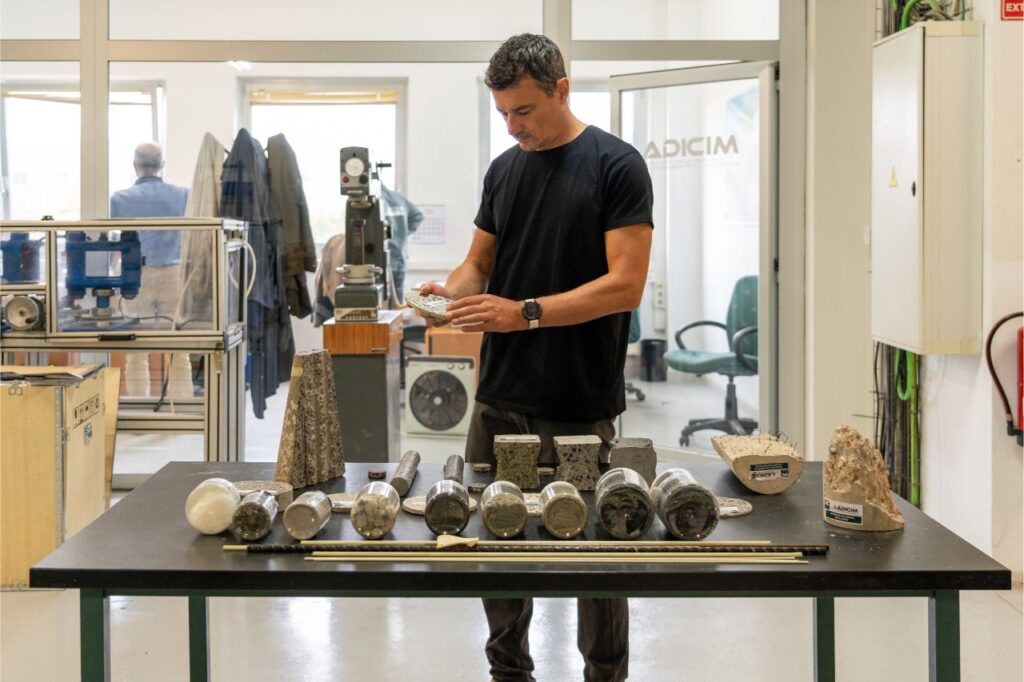
Moreover, the extraction of aggregates required for concrete production can have significant impacts on local ecosystems, including the alteration of watercourses and soil erosion. Additionally, the extraction and transportation processes of these materials contribute to environmental pollution.
How to Combat Environmental Impact?
The clearest opportunity to reduce the environmental impact of concrete production lies in recycling the solid waste generated during its manufacturing process and after the demolition of buildings or infrastructure, as well as in developing cements and binders from more sustainable raw materials, such as waste products. Under the right conditions, this waste can be crushed and reused as aggregates in new concretes, thus reducing the demand for new materials and the volume of waste sent to landfills.
The EcoH Association, chaired by Francisco Agrela, professor at the University of Córdoba, aims to facilitate collaboration between research centers, universities, and companies to share knowledge and resources related to the study of recycled and eco-sustainable concrete. It also takes on the responsibility of disseminating this knowledge among both the scientific community and the companies within the industry. In fact, one of the Association’s first goals is to expand its membership to include academics, students, professionals, and companies interested in eco-sustainable concrete.
All of these goals converge in the ultimate ambition of implementing research findings in commercial and residential projects to improve the sustainability of buildings and infrastructure. This knowledge transfer reflects a shared commitment by all members of the Association to reduce the environmental impact of construction through research and innovation.
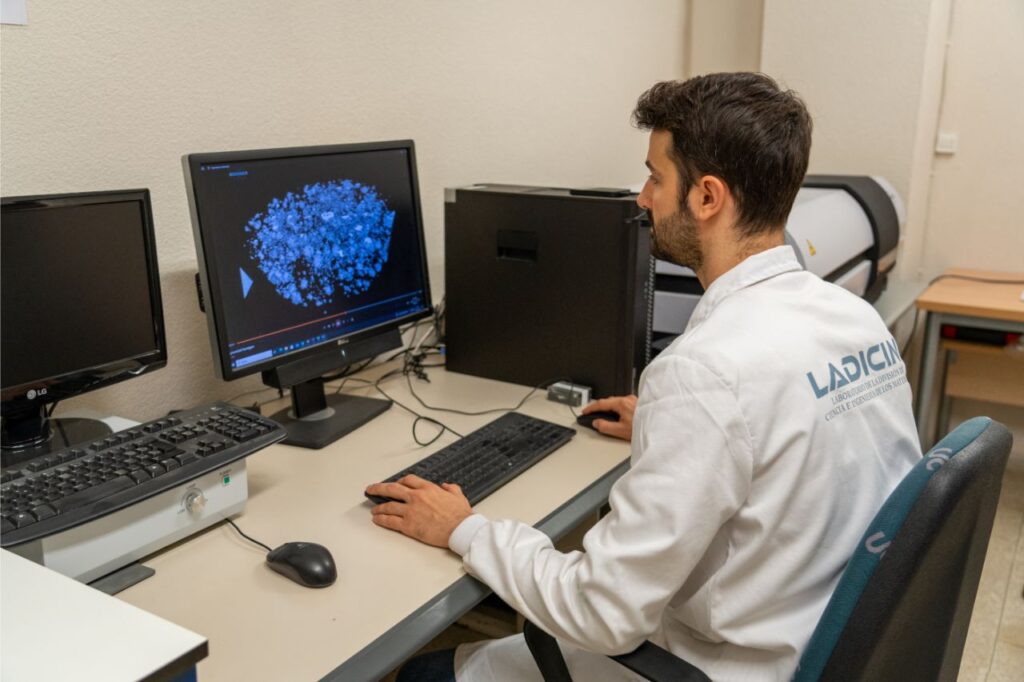
“This is a pivotal moment for the industry,” said Francisco Agrela, president of the new Association. “Recycled concrete is not only an environmental necessity but also an economic opportunity for companies seeking to adapt to new regulations and enhance their corporate image in an increasingly environmentally conscious market.”
LADICIM’s Experience in Eco-Sustainable Concretes
LADICIM’s experience in research related to eco-sustainable concrete was key to the launch of the Excellence Network that laid the foundation for the creation of the new Association, where the Laboratory will also be represented by Professor Carlos Thomas, head of LADICIM’s sustainable concrete division and secretary of the EcoH Association. “Participating in the Spanish Association for Eco-Sustainable Concretes not only allows us to advance our research, but also to directly apply our findings for the benefit of society,” he explained.
Professor Thomas is currently leading the SEACOND project, through which LADICIM is researching the development of a high-durability recycled concrete designed for particularly demanding environments such as the marine setting.
For years, the Laboratory has been involved in strategic studies for the development of sustainable concretes. Notably, it played a key role in the RECNHOR project (2006–2008), funded by the Ministry of the Environment, which laid the groundwork for Spanish regulations defining the requirements that aggregates must meet to be used in the production of structural recycled concrete.
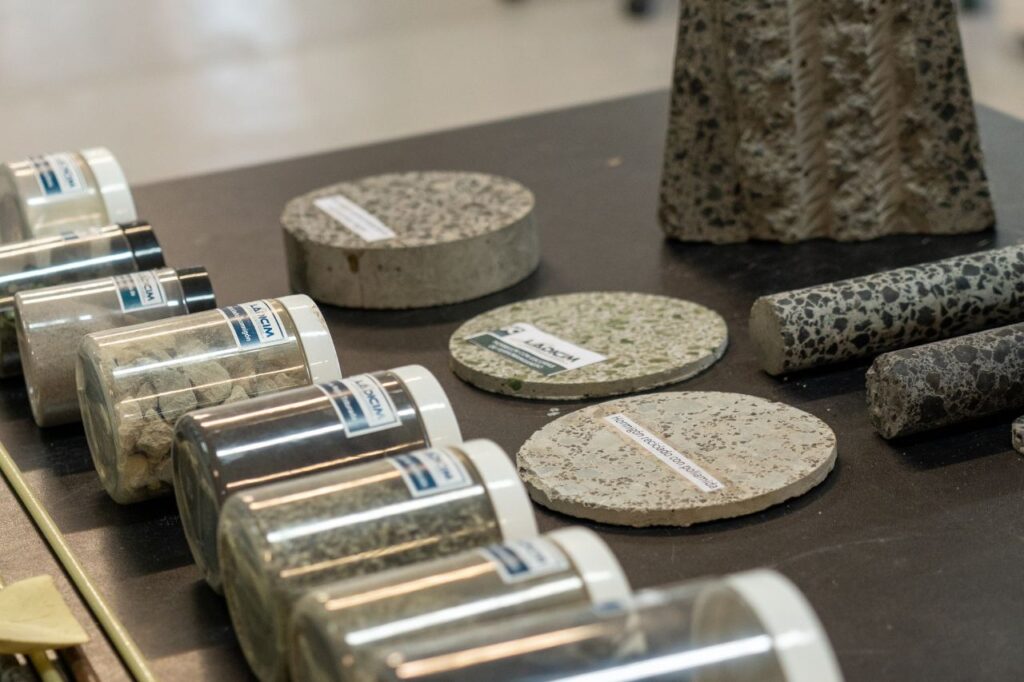
LADICIM also took part in the CLEAM project (2008–2010), funded by the Spanish Centre for the Development of Industrial Technology (CDTI) and promoted by major Spanish construction firms such as Acciona, Dragados, Ferrovial, FCC, Isolux, OHL, and Sacyr. With a budget of €25 million, this project was the continuation of research carried out under the RECNHOR initiative and allowed for the testing and validation of the findings obtained during the initial study phase.
The Laboratory’s active involvement in these key projects led to Professor Thomas’s doctoral thesis and to one of the most highly cited scientific articles in the field: “Durability of Recycled Aggregate Concrete” by Thomas, C.; Setién, J.; Polanco, J.A.; Alaejos, P.; Sánchez De Juan, M.
Today, LADICIM is an international benchmark in the generation of knowledge on recycled concrete, driving and participating in some of the most advanced studies in the field. Since its founding, the Laboratory has also maintained a strong commitment to knowledge transfer across all its research areas. In this particular case, it works closely with companies specializing in the production of concrete and cement, as well as with others along the construction value chain, to implement its research into industrial processes—giving back to society a portion of what it invests in academic research.

Grant PID2022-139258OA-I00 funded by MICIU/AEI/ 10.13039/501100011033 and by ERDF/EU


